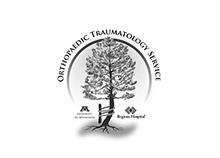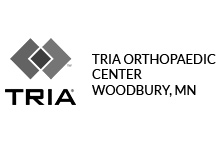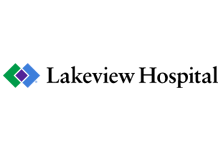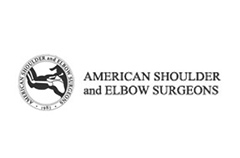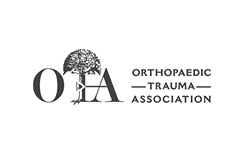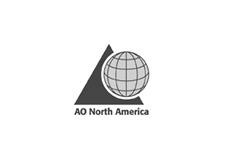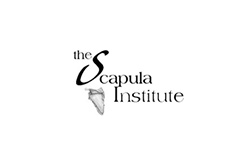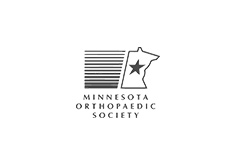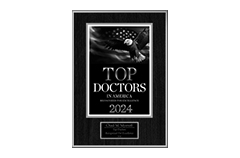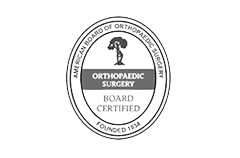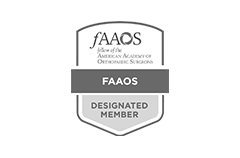Healthcare News
Partial Rotator Cuff Tear: Diagnosis and Treatment
A partial rotator cuff tear, also known as partial thickness rotator cuff tear, is a type of shoulder injury that affects the tendons of the rotator cuff muscles of the shoulder. As opposed to a full-thickness tear where the entire tendon is severed, only a portion of the tendon is torn.
8 Bicep Tendonitis Exercises
If you have pain in your upper arm or shoulder, you may have irritated your biceps tendon, a condition known as biceps tendonitis. The pain may limit your shoulder motion and make performing normal work and recreational tasks difficult or impossible.
Enhancing Healing of Massive Rotator Cuff Tears: A Radiographic Evaluation of Bridging Allograft vs. Maximal Repair - A Randomized Control Trial
The purpose of this study was to compare the radiographic results of bridging rotator cuff reconstruction (BRR) with dermal allograft and maximal repair for large or massive, irreparable rotator cuff tears.
When Not to Have Rotator Cuff Surgery
Rotator cuff tears may require surgery to repair, but they can often heal with rest, physical therapy, and medication when needed. Discuss with your orthopedist when to have or not have rotator cuff surgery.
What to know about a biceps tendon tear at the shoulder
A biceps tendon tear occurs when the tendon completely or partially severs from the bone. When the tear occurs at the shoulder, a person may experience pain and lose some strength in their arm.


